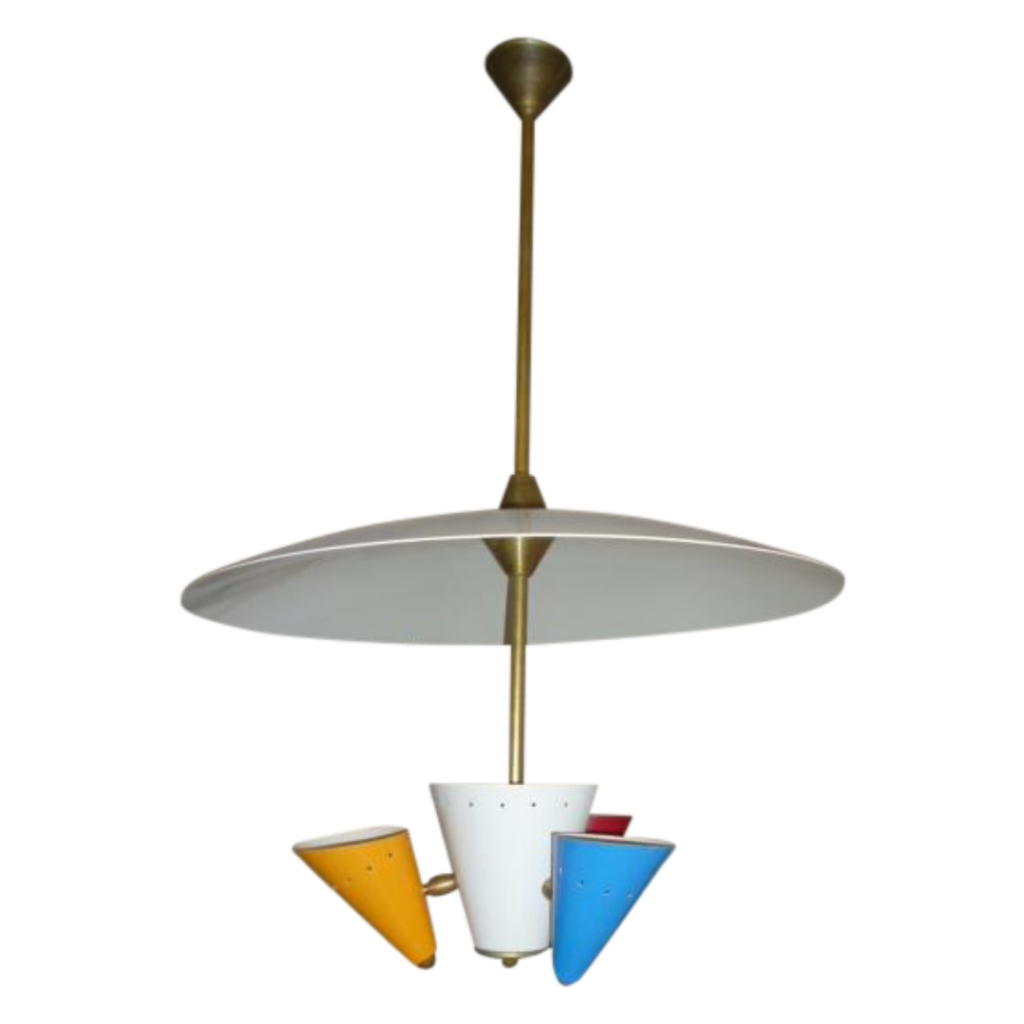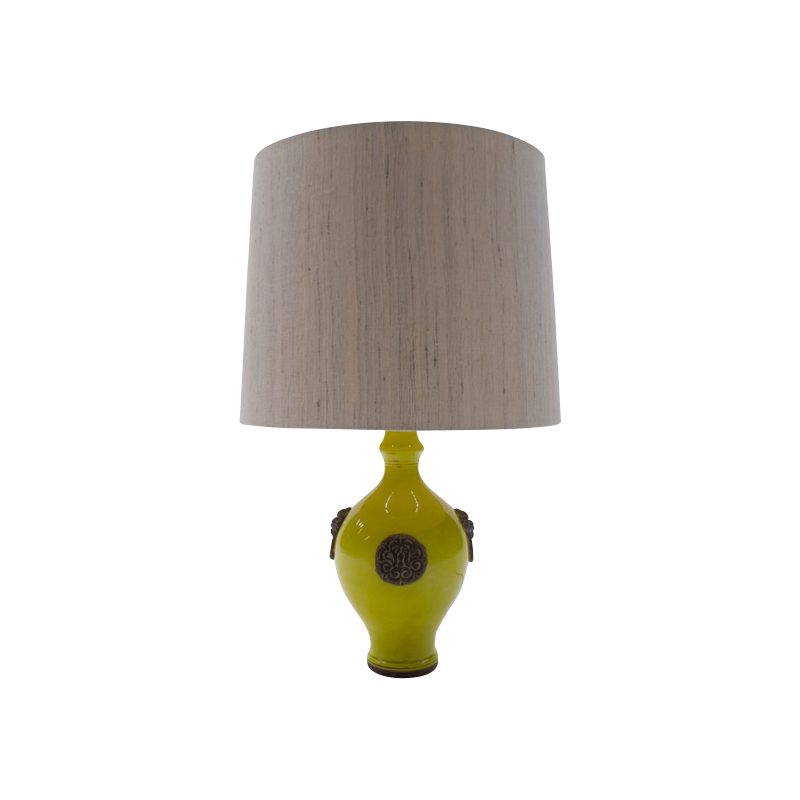The red color of the teak is quite rich. Does oil of one kind or another give this tone to the wood, do you know ? Unlike the African mahogany I used and teak-oiled recently -- which did bring out the reddish tone of the wood -- teak is more yellow than red in the raw state, and much of the furniture made with it is more amber than red under a "clear" finish.
I suppose there's no way to know what finish your piece was originally given ?
Plywood definitely has uses in fine furniture, for large or thin panels like backs and drawer bottoms -- as I see it.
As it happens I do know what the original finish was on Aasbjerg pieces:
1 part RAW linseed oil
1 part turpentine
1 part paraffin oil (which I think is mineral oil as can be bought in a pharmacy).
And yes absolutely the oil you choose to use has a big effect on the color. For example Watco teak oil brings out the gold color and leaves a matte finish. Formbys tung oil low gloss is very light and does not change the color much. Minwax tung oil deepens the existing colors. And finally using formbys over Watco brings out the gold first, then the formbys brings out the dark streaks by brightening everything resulting higher contrast.
The dresser has one coat of Watco followed by two or three of formbys.
Finally the teak that Aabjerg used is dark and very resinous, especially in solid slabs as opposed to veneer. This results in much darker and tones overall.
Yeah, I don't know the answer to that either. I imagine the business that supplied teak to Scandinavia was pretty robust for a while there. This might have allowed for more range in the purchasing of teak.
I suppose it could also have something to do with the original, and unusual, oil finish Aasbjerg & Ørtoft used. That is just speculation.
Thank you, Andrew. Perhaps "cramp" has gone out of use, today. I'm guessing you are on the young side ? I wonder if other traditional British terms and spellings have been Americanized -- kerb, colour, bonnet, wing, boot, etc. They have mostly disappeared from British fiction, I note.
http://www.technologystudent.com/equip1/cramp1.htm
Hi SDR. "Young" is always a relative term. I like to think I'm still young, but the mirror is starting to refute this on a regular basis!
Anyway, I stand by my original statement, but further investigation leads me to conclude that you're absolutely right, and that some of my more misguided countrymen call a clamp a cramp. As far as I can tell, in strict semantic terms a cramp doesn't have a screw thread, though this distinction now seems to have been lost, and in some quarters the two terms are used interchangeably.
http://www.woodworkforums.com/f152/clamp-cramp-9180
Aha, and, aha. Thanks for that ! Now to go look up "ashlar." (I assume that's the stonework they were referring to -- or to which they referred.)
So, England has "southerners" too. What is it about The South . . .? (Note to Mark: Florida isn't the South; it's a Whole Other Thing, wouldn't you say ?)
If you need any help, please contact us at – info@designaddict.com









